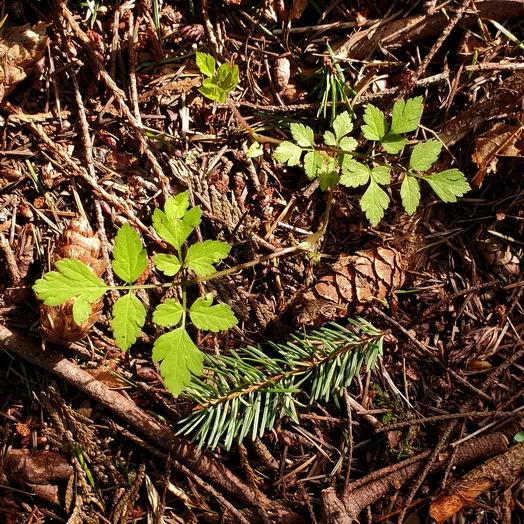A Critique of the Forterra Model of Forest Restoration for Everett’s Forest Park
Now that Forterra has decided to essentially end its on-the-ground involvement in the Green Everett Partnership, I feel more at liberty to criticize its urban forest restoration model as it was applied in Everett’s Forest Park. That model was based on promoting, organizing, and supporting volunteer work parties, training forest stewards, and attempting to build a local community of dedicated local volunteers. The model’s failure, I believe, stems from the basic mismatch between the amount and type of labor needed to initially remove invasive plants versus that needed to maintain areas cleared and replanted.
The Main Problems with the Forterra Model
In my opinion, the main flaws with the Forterra model were as follows:
— Unskilled volunteer groups quickly cleared large areas of blanket Ivy, but within a few years those areas filled up again with re-emergent Ivy, invasive plants, and other non-native weeds.
— Most volunteers did not participate in enough work parties to develop the plant identification skills needed to selectively re-weed cleared areas.
— The installation of native plants in cleared areas lacked sufficient density to compete with weeds.
In short, the model achieved short-term clearing of invasives but lacked the means to maintain that progress.
A Possible Solution
As those of you who have followed this blog probably know, I’m very keen on the Bradley Method of native plant restoration and its imperative to not overclear. That method works in the long run because it recognizes that volunteer labor (especially skilled labor) is a limited resource. Since the rate at which ground can be initially cleared of invasive plants is much greater than the rate at which that ground can be maintained, the only way to achieve long-term success is to clear new ground at a slow, controlled rate.
Selective Hand Weeding
Effective restoration requires careful hand weeding of every bit of ground cleared by the initial removal of invasive plants. It’s difficult for novices to identify native plants (especially seedlings) that must be protected. The hand weeding has to continue for several to many years until native plants have become established and can compete with unwanted plants.

Dense Plantings Versus Natural Regeneration
The spacing for dense plantings (as recommended by Forterra in its Guide for Forest Stewards) requires the purchase of too many plants to be economically feasible. Consistent with the Bradley Method, establishment of native plants must rely primarily on the slow process of natural regeneration.
Looking Ahead
I have come to these realizations based on an average of 200 hours per year for more than a decade working solo in Forest Park, a great portion of which was trying to keep up with invasive plants and other weeds in areas cleared of blanket Ivy. I can’t keep doing that work forever, and I’m afraid that within a few years of my departure, at some point, Forest Park will once again fill up with invasive plants and weeds.